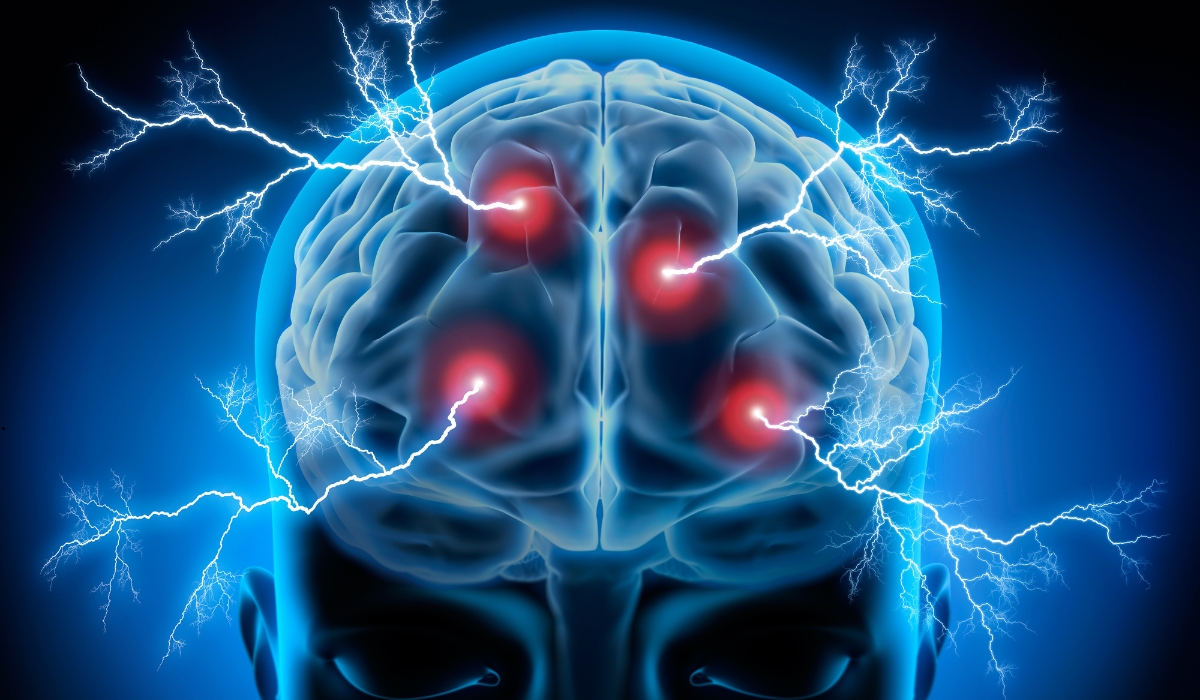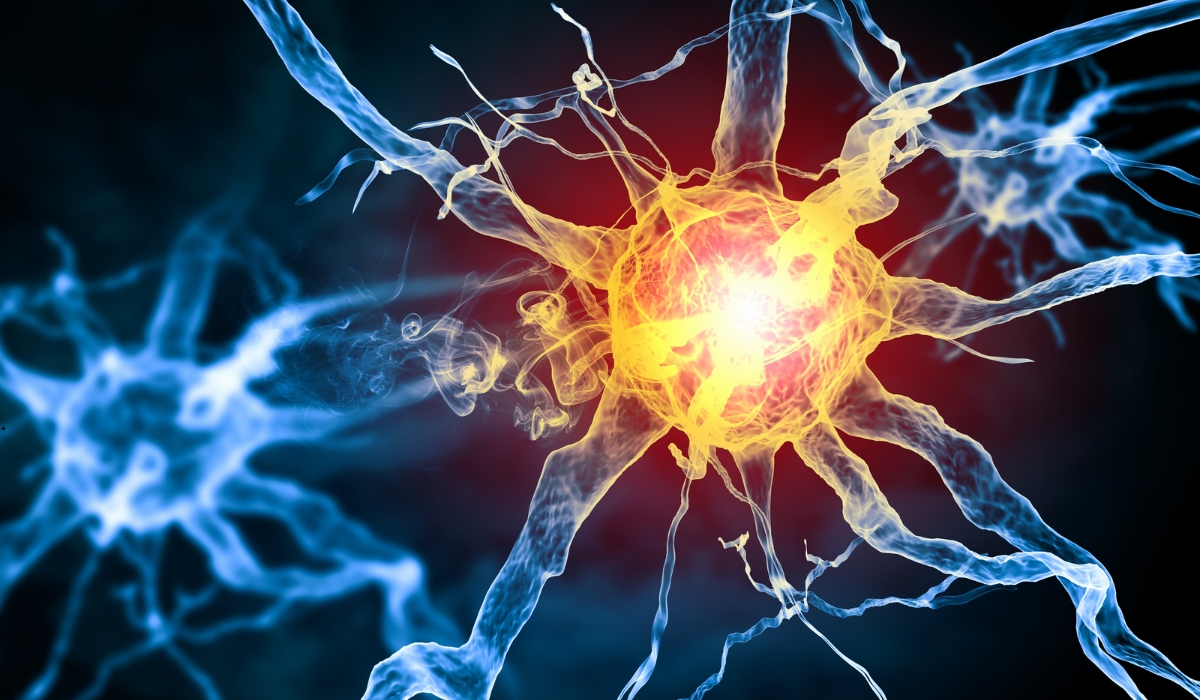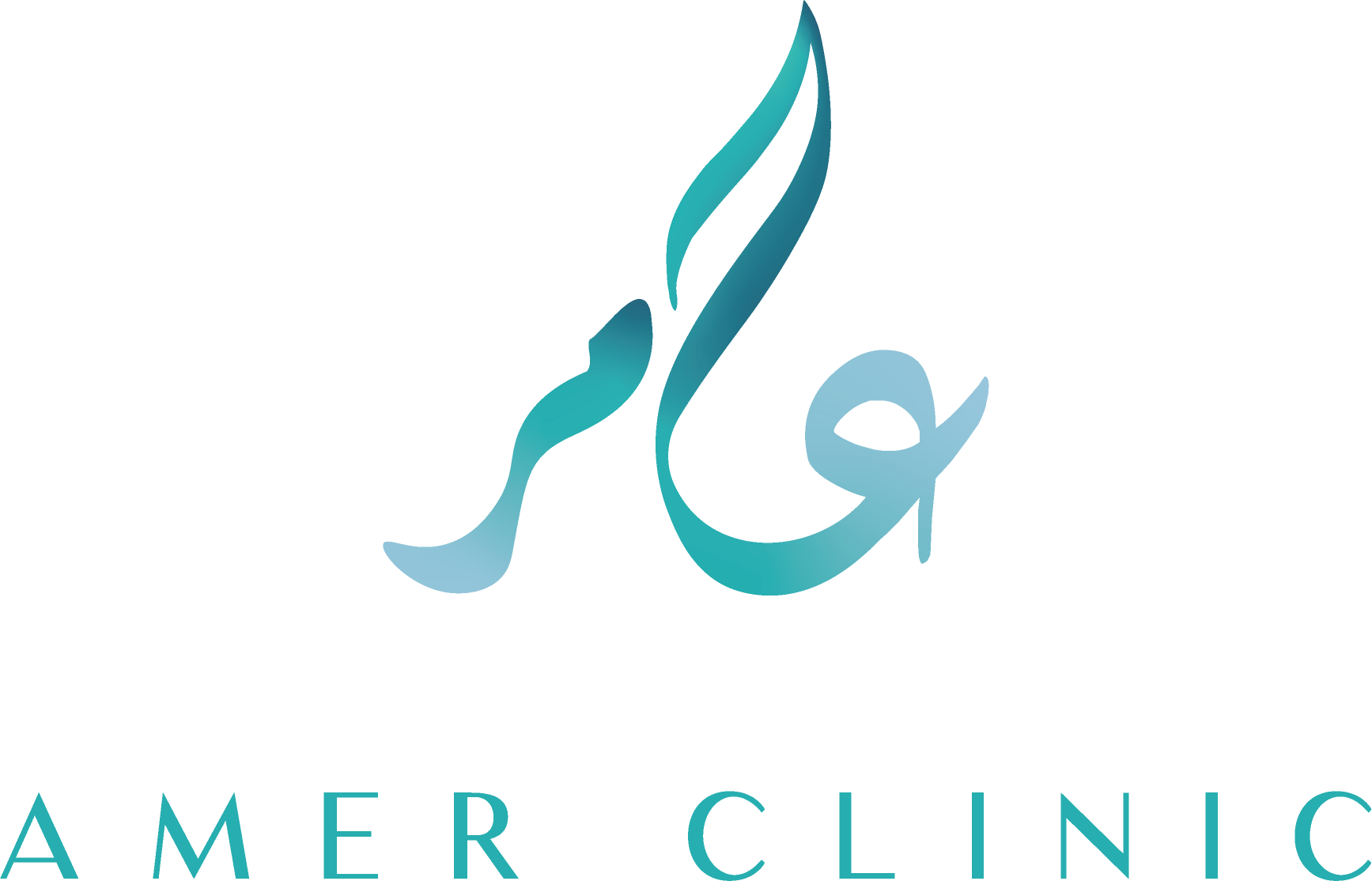
Who Is Dr. Tarek Amer?

Dr. Tarek Amer is a Professor of Plastic Surgery and Microsurgery at Cairo University’s Faculty of Medicine (Kasr El Aini). Since 2000, he has pioneered advanced treatments for facial nerve paralysis in the Middle East, combining academic rigor with practical excellence. His credentials include a Fellowship with the Royal College of Plastic Surgeons in Ireland, as well as advanced microsurgical training at Queen Mary Hospital (UK) and Chung Gang University (Taiwan).
Dr. Amer is particularly known for techniques such as:
-
Microsurgical nerve grafting and repair
-
Cross-facial nerve grafting
-
Functional muscle transfer
-
Botulinum toxin treatments for synkinesis
-
EMG-guided rehabilitation and physiotherapy
Through the Amer Facial Paralysis Center and Dr. Tarek Amer for Plastic Surgery, he leads a comprehensive approach combining precision surgery and empathetic care to restore function and confidence.
Understanding Facial Nerve Palsy
Facial nerve palsy occurs when the seventh cranial nerve (facial nerve), responsible for controlling facial muscles, is impaired. The result can be partial or complete paralysis, affecting expressions, eye closure, speech, and eating.
Common symptoms include:
-
Drooping of one side of the face
-
Difficulty blinking or smiling
-
Altered taste and changes in saliva or tear production
-
Sound sensitivity or facial twitching
-
Immediate evaluation is critical, as symptoms may mimic those of life-threatening conditions like stroke.
Categories of Causes
A. Idiopathic – Bell’s Palsy
-
Bell’s palsy is the most frequent cause of facial nerve palsy, often appearing suddenly and typically affecting one side of the face.
-
While the exact cause remains unknown, it’s widely believed to stem from viral-induced inflammation or nerve compression within the narrow bony stylomastoid foramen.
-
Many cases resolve spontaneously within weeks to months; corticosteroids and physical therapy can aid faster recovery.
B. Infections & Inflammatory Conditions
-
Ramsay Hunt syndrome—due to herpes zoster—affects the facial nerve and can involve pain and hearing loss, often with lower recovery rates compared to Bell’s palsy.
-
Lyme disease, meningitis/encephalitis, and other infections can directly damage the nerve.
-
Systemic disorders like sarcoidosis or Heerfordt syndrome (uveoparotid fever) may manifest with facial palsy.
C. Trauma & Iatrogenic Injury
-
Physical trauma, especially fractures of the temporal bone, frequently injures the facial nerve. Transverse fractures pose higher risks (%40–50) compared to longitudinal ones.
-
Surgical procedures—such as parotidectomy, ear surgery, facelifts, or skull base operations—carry risks of inadvertent nerve damage if not expertly performed.
D. Neoplastic Causes (Tumors)
-
Tumors—like schwannomas, cholesteatomas, hemangiomas, acoustic neuromas, or parotid gland neoplasms—may compress or infiltrate the facial nerve, causing gradual or sudden palsy.
-
Central tumors (brain-based) can similarly disrupt nerve function, sometimes alongside additional neurological signs.
E. Autoimmune & Systemic Disorders
-
Conditions such as diabetes, Guillain–Barré syndrome, multiple sclerosis, and neurosarcoidosis may include facial nerve involvement.
-
These cases often require multidisciplinary management.
F. Congenital & Rare Syndromes
-
Moebius syndrome, a rare congenital condition, involves bilateral facial paralysis and eye movement impairment, often diagnosed at birth.
-
Birth trauma—e.g., forceps delivery—can also injure the facial nerve in neonates.
Importance of Accurate Diagnosis
Given the varied causes—from idiopathic to serious systemic disease—accurate diagnosis is vital. Diagnostic tools include:
-
MRI, CT scans, neuromuscular EMG
-
Complete neurological and physical exams
-
History-taking to differentiate central (stroke) vs. peripheral (nerve) causes
Why Dr. Tarek Amer Is Uniquely Qualified
Dr. Amer’s dual academic and surgical mastery supports:
-
Microsurgical precision in nerve grafting, reanimation, and transfer
-
EMG-guided rehabilitation to optimize recovery
-
Deep understanding of topographical nerve anatomy and injury mechanisms
-
A track record of restoring natural expressions and dignity through tailored treatment
Treatment Approaches & Innovations
Treatment depends on the cause:
-
Bell’s palsy: corticosteroids, antivirals, physical therapy
-
Ramsay Hunt & infections: antivirals, pain management
-
Tumors or malignancy: surgical intervention, sometimes with radiotherapy
-
Trauma-related injuries: nerve decompression or grafting if indicated
-
Synkinesis: Botox, physiotherapy, reanimation surgery
Dr. Amer’s approach incorporates free functional muscle transfer, cross-facial grafts, and advanced reconstructive strategies to restore symmetry and function.
Facial nerve palsy is more than a physical condition — it’s a deeply personal and emotional challenge. Its origins—whether viral, traumatic, neoplastic, congenital, or systemic—require expert diagnosis and tailored intervention.
With over two decades of specialized experience, Dr. Tarek Amer embodies surgical excellence and compassionate care. At the Amer Facial Paralysis Center, patients gain access to advanced microsurgery, personalized rehabilitation, and the empathy needed for full recovery—physical and emotional.
Ready to reclaim your smile?
Contact Us Now or schedule an online consultation with Dr. Tarek Amer today. Let us restore not just function, but your confidence in every expression.
External Sources
-
Cleveland Clinic: Causes & treatment of facial paralysis Cleveland Clinic
-
UT Southwestern: Facial paralysis causes UT Southwestern Medical Center
